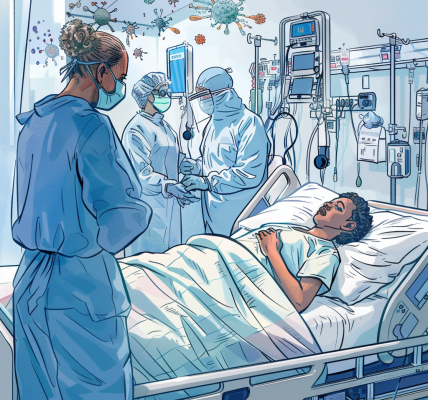Abnormal Proteins Found in Spinal Fluid of ALS and Frontotemporal Dementia Patients
Wednesday, January 31, 2024
Researchers at the National Institutes of Health have made a significant discovery in the diagnosis and understanding of amyotrophic lateral sclerosis (ALS) and frontotemporal dementia (FTD). Abnormal proteins have been detected in the spinal fluid of individuals with these conditions, potentially offering improved diagnostic capabilities and guiding the development of novel therapies.
The identified proteins are constructed from ‘cryptic’ exons, which are irregular segments of RNA, the cell’s instructions for protein synthesis. When TDP-43, a protein responsible for regulating RNA processing, malfunctions, it leads to the occurrence of cryptic exons. TDP-43 dysfunction has been associated with ALS, FTD, Alzheimer’s disease, and Limbic Associated TDP-43 Encephalopathy (LATE).
Through their study, researchers have demonstrated that these mis-spliced RNA sections can generate new proteins from the cryptic sequence. This advancement in understanding the role of cryptic exons in the dementia disease process holds potential for early disease identification before the onset of symptoms. Presently, the detection of TDP-43 aggregates in the brain is only feasible post-mortem.
In healthy cells, TDP-43 regulates protein production by overseeing RNA processing within the cell nucleus. However, in neurodegenerative diseases like ALS, TDP-43 escapes the nucleus and forms abnormal clumps in the cytoplasm surrounding the nucleus.
Dr. Michael Ward, senior investigator at the National Institute of Neurological Disorders and Stroke (NINDS) and senior co-author of the study, highlighted the implications of their findings, stating, ‘We show that TDP-43 pathology causes brain cells to mis-splice hundreds of RNAs and that some of these RNAs are translated into new proteins that are not normally found in healthy cells. This conceptual discovery may enable future development of sensitive diagnostic tests to detect TDP-43 pathology in living patients.’
Diagnosing ALS and related conditions presents challenges as there is currently no single definitive test for these disorders. The symptoms can also mimic those of other disorders, making accurate diagnosis crucial. Physicians rely on physical examinations, symptom assessments, brain imaging, and other diagnostic procedures to identify these conditions.





